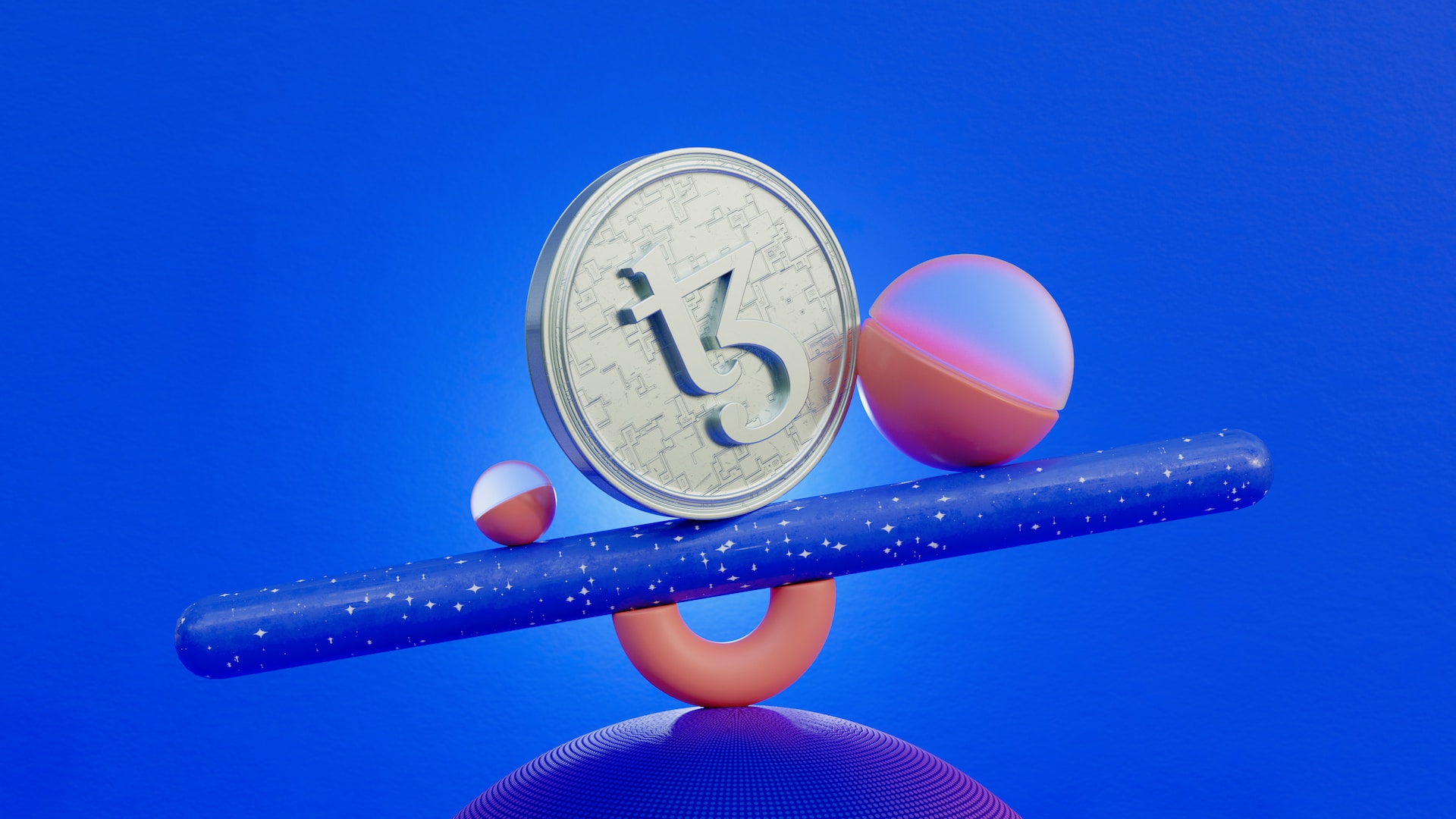If you’re new to the world of NFTs (non-fungible tokens), then you might be wondering should I mint on Polygon or Ethereum to launch your project, Ethereum or Polygon. Both platforms have their pros and cons, so it can be tough to choose the right blockchain. In this article, we’ll deeply discuss the key differences between Polygon and Ethereum. We’ll look at each platform’s features and discuss which one would be better for your needs.
Before we dive deep into the Polygon and Ethereum blockchain comparison, the pros, and cons. I would love to discuss some basics first because every reader doesn’t know the basics.
Back to Basics – Ethereum and Polygon blockchains:
When any creator creates digital art and wants to convert it into an NFT (non-fungible token). So to convert digital art, it has to be tokenized on blockchain technology. It is called the minting NFT on the blockchain. There are multiple blockchain platforms available to mint NFTs. But every blockchain platform is different from the others and has its own advantages and disadvantages. In this article, we will discuss Ethereum and Polygon blockchains.
Ethereum blockchain:
Ethereum is a public blockchain that is used for smart contracts. Applications run on this blockchain as they are programmed without any third-party interference. Ethereum blockchain charges a gas fee on any NFT transaction. So if you probably don’t know what is the gas fee. Every transaction is processed after a network approval and this process consumes energy. So every transaction is charged for a gas fee to fulfill this energy consumption cost.
The gas fee for an NFT could be high or low because it depends on multiple factors. If the network is overloaded with the transactions or your NFT is complex, and you perform your transaction, you will be charged a high gas fee. So perform the NFT transaction when the network has less load. This is the biggest problem of the Ethereum blockchain.
Polygon blockchain:
To overcome this problem polygon blockchain network came into existence. It uses Ethereum as its base layer and provides Layer 2 scalability solutions. So we do not directly mint on Ethereum, we mint on polygon blockchain and both blockchains have bridge connectivity between networks. so without further a do, let’s compare Ethereum vs polygon.
Related: How Much Does It Cost To Create An NFT – Real Analysis
Comparison – Ethereum vs Polygon:
Gas fee:
Ethereum has a high gas fee as compared to polygon chain. So what does mean that you also have to pay gas fees on the polygon chain? Yes, you have to pay the gas fee on the polygon chain but it’s much lower than Ethereum. It’s like free.
So how do you pay gas fees on polygon? On the polygon chain, you can only purchase NFTs with Polygon Eth tokens. To get polygon eth tokens you have to bridge Eth over the polygon and this process requires gas fees. But this gas fee is very low.
On the other hand, Ethereum has very high gas feeses in the form of minting fees, one-time, and recurring gas feeses. So the minting fees you have to pay when you host your digital art on the Ethereum chain and one-time fees cover the basic initialization and auction fees. Whilst the recurring gas fee is charged on every NFT transaction.
On OpenSea, you can auction off your Ethereum chain-based NFTs, and this feature helps creators to sell their NFTs on high bids instead of selling them at a fixed price. To perform auctions you have to allow and accept a special token WETH (Wrapped Ethereum) token. Whenever you accept the bid, cancel the bid, or convert WETH to ETH there will be recurring fees charged.
Auction:
On the Ethereum chain, you can auction your NFTs with the help of a smart contract. So if you want to auction your NFT on Ethereum, you can use the OpenSea platform. On this platform, anyone can create an auction for their Ethereum chain-based NFT.
But there is one major problem with Ethereum-based auctions that every time you have to pay a gas fee. So if you want to auction your NFT multiple times, you will be charged a gas fee every time.
But there is no option to auction off your polygon chain-based NFTs. Polygon is currently working on this feature, I hope we will see this amazing feature in the future.
Popularity:
Ethereum is more popular than polygon blockchain. Most of the creators don’t know about polygon blockchain or don’t know how to mint polygon chains. Ethereum blockchain is the most popular among all blockchain platforms.
Beginners don’t know how to mint on polygon blockchain because it’s a little difficult as compared to the minting process on Ethereum. But polygon is becoming popular and creators accepting it due to its less gas fee feature.
Security:
The polygon chain is less secure than the Ethereum chain. This doesn’t mean that it’s totally inappropriate to mint NFTs on polygon blockchain. It means polygon has fewer features in security as compared to the Ethereum blockchain.
Due to high gas fees, the Ethereum chain eliminates many spammers doing fraud activities.
Audience:
Polygon chain has a smaller audience size instead Ethereum chain has a bigger size. Because the Ethereum chain is more secure, old, and popular. Big NFTs companies use Ethereum blockchain to mint their NFTs. And polygon has been used by new creators or small companies. So Ethereum has a mass amount of NFTs collectors because they collect authentic NFTs with big names. So they can easily convert them later.
Should I Mint On Polygon or Ethereum blockchain?
This is the most important question “should I mint on Polygon or Ethereum” because it will help you to decide which blockchain is best to mint NFT for you.
If you are a beginner then I would recommend you to mint on polygon blockchain because it’s easy to mint and has low gas fees.
But if you are an experienced creator or have a good fan following then I would recommend you to mint on the Ethereum blockchain because it’s more secure and has a mass audience.
If you have a big collection of NFTs like 7000 or 10,000 I would suggest you to go with polygon blockchain.
Final thoughts:
I have tried my level best to cover your question should I mint on Polygon or Ethereum? So these were some major points that will help you to decide whether you should mint your NFTs on the Ethereum blockchain or the polygon blockchain. I hope this blog post was helpful for you. I have not given you any financial advice, do your complete research before minting into any platform.
Do let me know in the comment section below that on which blockchain you are going to mint your first NFT?
I would love to hear from you. 🙂






